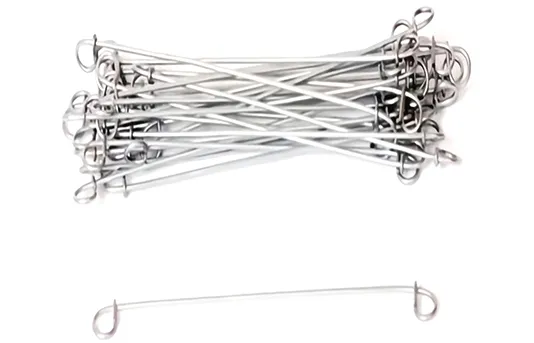-
 Phone:
Phone: -
 Email:
Email:

Guide to Installing Chain Link Fences for Your Property Protection and Aesthetics
A Comprehensive Guide to Chain Link Fence Installation
Installing a chain link fence is a practical and cost-effective way to secure your property, enhance privacy, and define boundaries. This guide will provide you with step-by-step instructions to ensure a successful installation of your chain link fence.
1. Planning and Preparation
Before you begin the installation, it’s crucial to plan carefully. Start by determining the area where you want to install the fence. Consider the purpose of the fence—whether for security, boundary marking, or pet containment. Measure the perimeter using a tape measure to determine how much fencing material you will need.
Check your local building codes and regulations. Some areas may require permits for fence installation, and it’s essential to adhere to height restrictions and placement rules. Additionally, check for any underground utilities to avoid damaging them during installation; you can often do this by calling your local utility service.
2. Gather Your Materials
A successful chain link fence installation requires specific materials and tools. Here’s a list of what you will need
- Chain link fabric - Fence posts (terminal posts for corners and ends, line posts for stretches) - Post caps - Concrete mix (for setting the posts) - Tension bands and brackets - Wire ties - A gate (if needed) Tools
- Post hole digger or auger - Level - Tape measure - Hammer - Wire cutters - Wrench - Safety gear (gloves and goggles)
3. Marking the Boundary
Once you have your materials ready, mark the location of your fence by using stakes or spray paint. This will guide you as you dig post holes. Be sure to measure accurately and consider any gates you may be installing.
4. Digging Post Holes
chain link fence installation

For chain link fences, the depth of your post holes should be at least one-third of the post length. A general rule is to dig holes that are about 6 to 8 inches in diameter. Use your post hole digger or auger to make these holes at intervals of 5 to 10 feet apart for line posts and wider for terminal posts.
5. Setting the Posts
Place the terminal posts first, ensuring they are aligned vertically and spaced correctly. Use a level to check their vertical alignment. For added stability, fill the holes with concrete mix, ensuring it sets before proceeding. Allow at least 24 to 48 hours for the concrete to cure properly.
Once the terminal posts are secure, install the line posts at the measured intervals. Repeat the same process of checking for alignment and securing them with concrete.
6. Installing the Chain Link Fabric
After the posts have set, you can begin attaching the chain link fabric. Start by unrolling the chain link along the fence line. Use a come-along (a device to tension the fabric) to stretch it tight between the terminal posts. Attach the fabric to the posts using tension bands and wire ties. Make sure the fabric is taut but not overly stretched, as this can cause damage over time.
7. Adding the Top Rail
For additional stability, install a top rail by placing it between the terminal posts and securing it with the appropriate brackets. This rail ties the posts together, adds strength, and provides a finished look.
8. Final Touches
Once the top rail is secured, you can add any gates, post caps, and any finishing touches as needed. Ensure that all components are tightly secured and check that the gate opens and closes smoothly.
Conclusion
Installing a chain link fence can be a manageable DIY project with the right tools and materials. Following these steps carefully will help you create a sturdy, functional, and attractive fence for your property. Not only will a chain link fence enhance your security, but it will also provide peace of mind, knowing that you've taken a proactive step in protecting your home or garden. Remember to regularly check the fence for any maintenance needs, such as rust or wear, to ensure its longevity.
-
Wire Mesh for Every Need: A Practical SolutionNewsJul.25,2025
-
Steel Fences: Durable, Secure, and Stylish OptionsNewsJul.25,2025
-
Roll Top Fencing: A Smart Solution for Safety and SecurityNewsJul.25,2025
-
Cattle Farm Fencing Solutions for Maximum SecurityNewsJul.25,2025
-
Affordable Iron Binding Wire SolutionsNewsJul.25,2025
-
Affordable Galvanized Wire SolutionsNewsJul.25,2025
-
Wire Hanger Recycling IdeasNewsJul.25,2025








